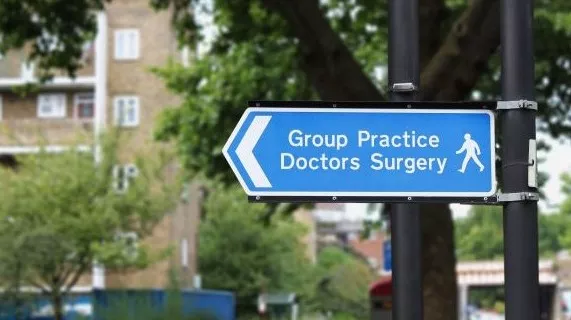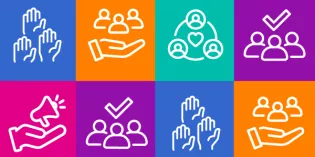
The central ambitions of the primary care delivery plan are to reduce the number of people struggling to contact their GP practice and for patients to know how their request will be managed when they get through. It seeks to do this by focusing on four areas:
- Empowering patients to manage their own health
- Implementing 'Modern General Practice Access' which includes the provision of digital tools and care navigation training.
- Building capacity
- Cutting bureaucracy and reduce the workload across the interface between primary and secondary care
We welcome the focus on improving access to primary care services. We know that, despite the efforts of the primary care workforce, it has been increasingly challenging for children and families to access these services which can leave families unsure what to do and drive up demand, particularly for paediatric urgent and emergency care.
While it is disappointing that children are not mentioned at all in this delivery plan, implementation must take into consideration the unique needs of children and young people who make up over a quarter of the population and are key users of primary care.
Improved ease of access to timely care for children and young people is a key focus in our Facing the Future standards for children with ongoing health needs. One aim of these standards is to “improve paediatric expertise in primary healthcare professionals” so children’s needs can be met in the right place at the right time.
The standards also encourage new models of care to be developed which improve integration between primary care and secondary health services. The implementation of these standards is crucial to improving access to appropriate care closer to home for children and young people, reducing A & E attendance and unnecessary admissions to hospital.
We would encourage systems to refer to these standards alongside the primary care delivery plan, to ensure children also benefit from improvements to primary care.
The whole children’s health system is under immense pressure, with children's secondary care (both community and hospital based services) and emergency services also experiencing their highest ever levels of demand. Against this backdrop, working in a more coordinated way with primary care to provide care as early as possible is vital.










